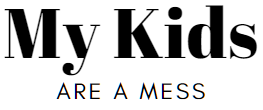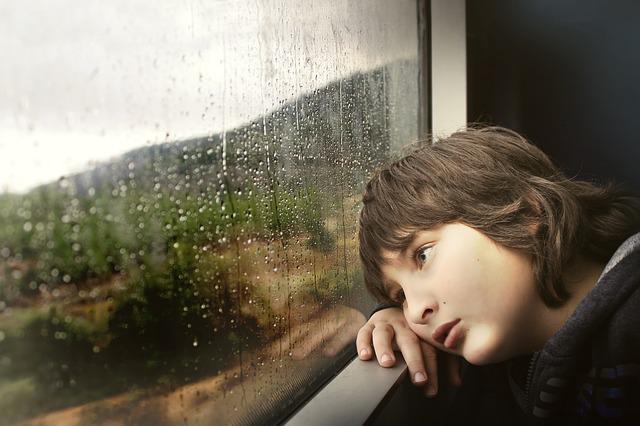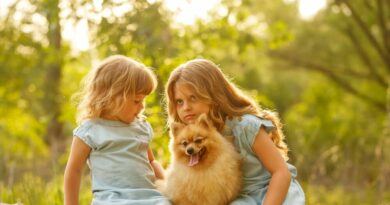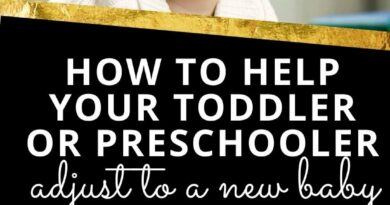Self Regulation For Children
The term self regulation has many different definitions. Some of these include impulse control, behavioural control, emotional competence, self-direction, executive function, and biological self-regulation, such as temperature regulation and the ability to recognize bodily sensations. Children can also develop emotional self-regulation, which is related to cognitive self-regulation. Children can learn to control their thoughts and feelings and deal with negative emotions. There are many different tools to help children develop self-regulation.
Developing self-regulation skills
Self-regulation is an important part of a child’s development. Studies have shown that children who learn how to control their emotions are more likely to be successful in school, avoid trouble, and achieve their long-term goals. Children who are better at self-regulating are more resilient to stress and environmental changes. They also have better self-control and are less likely to have behavioral challenges later in life. Here are some tips for helping children develop these skills:
Creating an enabling environment is key for establishing self-regulation in children. This environment must be predictable, emotionally safe, and safe for children to experience. The environment should allow children to engage in activities that challenge their impulse control, while allowing them to do so without excessive stress. Teachers can help children develop self-regulation skills by providing frequent opportunities for practice. By creating a positive, supportive environment, children can learn and apply self-regulation skills, which will ultimately lead to better outcomes in the long run.
To develop positive self-regulation, children must learn how to focus attention for short periods of time. They may even begin labeling their feelings and asking for help when they are experiencing strong emotions. Another key aspect of self-regulation is the ability to delay gratification. It is important to match your expectations with your child’s age and stage of development to prevent frustration and misunderstanding. In addition, different things require different levels of self-regulation, so match your expectations accordingly.
Conceptual bifactor model of self-regulation
The conceptual bifactor model of self-regulation for childhood predicts early academic and social success. But prior research hasn’t explored the overlap among self-regulation factors. To explore this issue, researchers developed a bifactor model that tested shared and unique variance among self-regulation constructs. The study included 932 preschool children and measured self-regulation through three measures: executive function, behavioral self-regulation, and emotion regulation.
The bifactor model was replicated on father, teacher, and youth data. Fit indices were reported in Table 2 to assess the model’s suitability. In general, the bifactor model was a good fit across reporters. Most loadings were significant for the DP factor, while non-significant loadings were observed for scale-specific factors, including AGG. Therefore, the bifactor model was selected for further analyses.
The conceptual bifactor model of self-regulation for children is useful in identifying underlying causes of behaviors such as aggression and self-harm. The bifactor model’s external validity was demonstrated through its association with suicidal ideation and self-harm among adolescents. The model is also associated with other disorders, including autism spectrum disorder and attention problems. When used in this way, bifactor models provide clinical relevance.
Methods of teaching self-regulation skills to children
The development of self-regulation in children happens over time. The most significant changes in self-regulation occur between the ages of three and seven. Unfortunately, some children are born with a limited ability to regulate their behavior. Such children often show poor academic progress, experience aggressive behavior, and have trouble controlling their impulses. To help your child develop good self-regulation skills, follow these tips. In this article, we’ll discuss some of the most effective strategies for teaching children how to regulate their emotions.
The first step in teaching children to regulate their emotions is to avoid triggering them. In this case, parents and teachers should approach the child’s behavior calmly, giving non-judgmental feedback that explains what went wrong and how to prevent it from happening again. The next step is to teach children to recognize when their behavior is inappropriate and then to correct it immediately. This can be done with the help of calming techniques.
Another important step in teaching children to regulate their emotions is to model self-calming strategies. Self-regulation can be difficult for young children if they are unable to follow instructions. By modeling this behavior, parents can help children learn to calm themselves in stressful situations. During these times, parents should provide physical comfort for their children. Structured environments also help children learn self-regulation. Children need routines and consistency in order to succeed in school.
Effects of negative emotions on self-regulation in children
One study in Romania found that the emotional self-regulation abilities of the children who lived in an orphanage were comparable to those of their non-institutionalized counterparts. These findings suggest that early life experiences are crucial in promoting emotional self-regulation in young children. However, older children may still learn the skills of self-regulation. The process will require more time and patience. For that reason, it is important for parents to understand their limitations.
Negative experiences during childhood can lead to negative self-regulation difficulties. These children often have difficulty in forming attachments, perceive the world with distrust, and develop self-destructive behaviors. They may also imitate or represent the traumatic experience during play. This low emotional self-regulation is associated with the inability to achieve goals. A recent study showed that childhood traumatic events were predictive of adolescent mental health problems.
Another study found a strong association between low emotional self-regulation in children with childhood sexual abuse. Boys were more likely than girls to exhibit aggressive behavior. Children who experienced childhood sexual abuse were more likely to exhibit higher levels of negative emotion and mood swings than non-abused children. Girls, however, displayed better emotional self-regulation than those who experienced sexual abuse. Among preschool children, boys with sexual abuse had lower scores on the emotional self-regulation scale than their non-abused peers.
Social stories
There are many benefits to using social stories with children. These stories can help a child learn to express frustration through appropriate behavior, cope with fears and a natural disaster, and communicate effectively with peers and parents. Social stories are also great for teaching children the communication skills that are missing in everyday life. These lessons can be applied to a variety of situations, including separation anxiety, fear of the dark, and anger. To learn more, download the guide to using social stories with children.
Once you have created a social story, make multiple copies. Create multiple copies, if you intend to use it with many children. Consider laminating it to prevent fading and wear. Another great feature of social stories is their ability to create empathy. If you want to use social stories with children, you can use them to help them cope with difficult emotions. To make sure that your social stories are effective, create a template that will make the entire process easier and less stressful for you.
Social stories were originally designed for children with autism spectrum disorder. However, they are also beneficial for children of any age or cognitive level with communication difficulties. You can adapt these stories to address your child’s unique needs. You can use them with children who struggle with social regulation, or students with autism. Using social stories in a classroom can help decrease anxiety and teach kids how to manage impulses and choose appropriate behaviors. This way, the lessons they learn will stick with them for the rest of their lives.
Moveable equipment to improve self-regulation in children
Moveable equipment to improve self-regulation in a child is an effective way to promote social skills and increase a child’s alertness and sense of hearing. Children engage in a game called traffic lights, which involves one child playing the role of a traffic policeman and making calls to the other children. Children react appropriately according to the rules of the game and are sent back to the starting line if they do not follow the rules. The game promotes social skills and increases alertness and perception.
Sensory items, like books and puzzles, are another way to help children improve their self-regulation. The physical items can be either visual or tactile, and they offer children a relaxing break. Some moveable equipment even offers an iPad with a meditation session for kids to listen to. If you’re thinking of using sensory equipment to improve self-regulation in children, consider the many benefits. Listed below are some of the best products for helping kids improve their self-regulation.
Self-regulation is a skill that varies from one child to the next. Children with various disabilities struggle with their ability to regulate their emotions and respond appropriately to different stimuli. Self-regulation skills should be taught gradually and should be designed specifically for each child. It is important to remember that children with special needs need to learn these skills gradually, and it is important to recognize when these moments occur so that you can intervene and help your child develop these skills.




